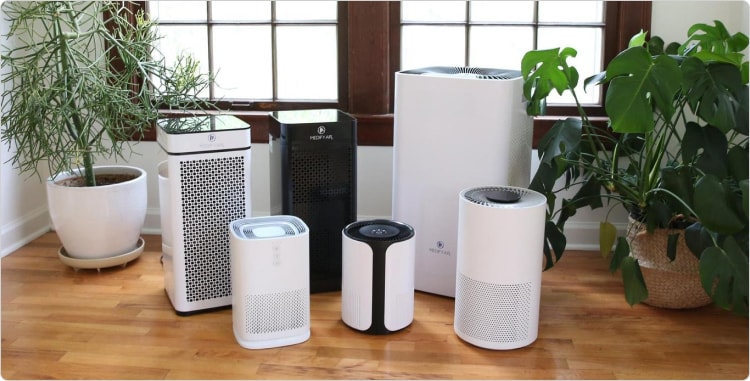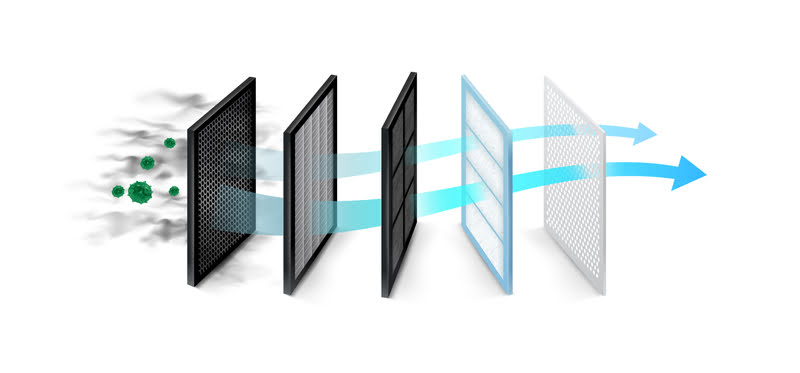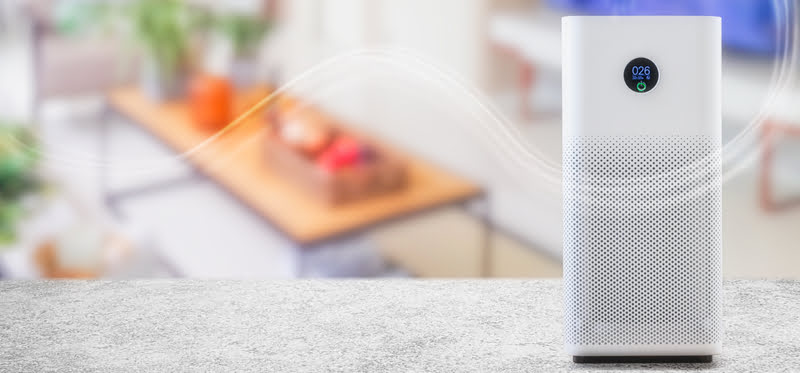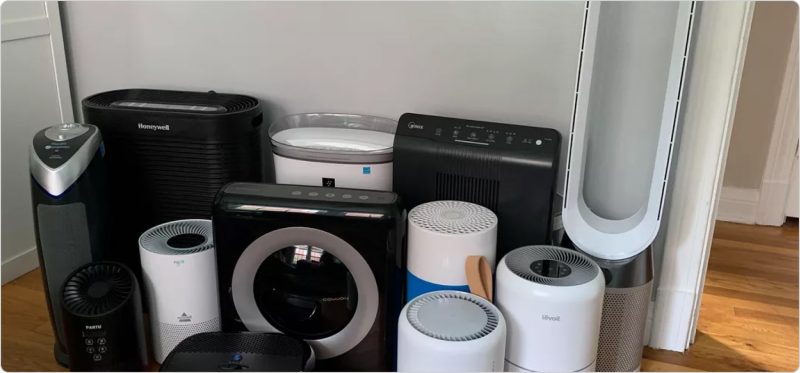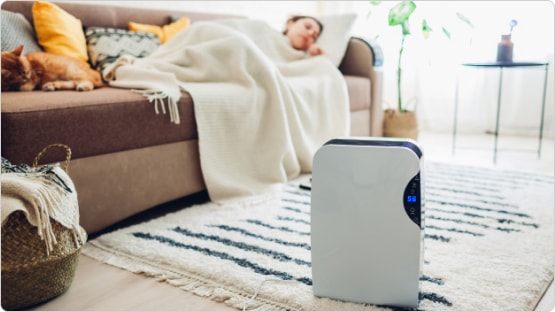How Do Air Purifiers Work?
More Americans are spending up to $250 million each year on home air purifiers. The bulk of these purchases come from people living with allergies and asthma – more than 50 million individuals. Clearly, this is a major indication of how useful and efficient air purifiers are. With air purifiers, you can clean the air in your home and effectively eliminate all airborne impurities, including dust, smoke, odors, and pet dander. But have you ever thought about how these devices actually work? A device that filters out pollutants and contaminants from the air is clearly a sophisticated device. In this article, we’ll focus on the mode operation of air purifiers. You’ll learn about how they work and what components make up each device.
A Peek into How Air Purifiers Work
Most air purifiers are basically an air filtration system comprising one or more filters and a fan that sucks in and circulates air.
HEPA Filters
As the air moves through the filter, the air purifier device captures pollutants and particles, pushing the clean air back into the living space. Filters are usually dense paper, fiber (mostly fiberglass), or mesh. It’s essential to replace filters regularly to maintain air purifier efficiency.
The majority of filters on the market aim to pick up dust and pollen selectively. However, they don’t catch gases such as radon or VOCs (Volatile Organic Compounds). Such gases require an adsorbent such as activated carbon.
The US Environmental Protection Agency (EPA) warns that air purifier functionality is below par when filtering out gases. Replacing filters regularly (three months or so) helps the purifiers function optimally.
Many purifiers filter out pollutant particles like dust, pollen, and smoke excellently. However, they struggle to remove gaseous pollutants like radon or VOCs. Similarly, they’re unable to capture allergens in furniture or flooring.
Ultraviolet Light
However, filters are not the only mechanism that air purifiers employ to clean out the air. Some brands offer a medical-grade ultraviolet (UV) light system to eliminate bacteria, fungi, and viruses quickly. The UV-C energy packets also protect the HEPA filter from microbial and viral contamination.
Electrical or Electrostatic Attraction
This technology is another way to trap particles in an air purifier. Electrostatic precipitating cleaners, electret filters, and negative ion generators employ electrical attraction to clean air. Manufacturers often combine a negative ion generator with a HEPA filter or make it the only air purifier’s cleaning element.
Electronic air purifiers or electrostatic precipitating cleaners use a fan to pull in particles and generate a strong electrical field to charge the particles through several high-voltage wires. Several precipitating cells or plates carry the opposite electrical charge, attracting contaminants as they pass the plates. These purifiers may produce harmful ozone.
Electret filters use synthetic fibers to create static charges for attracting particles. They may be disposable, plain, pleated, or reusable.
Negative ion generators or ionic purifiers employ small charged needles or wires to produce negatively-charged gas molecules or ions that stick to the airborne particles and collect in the filter. But, many ions find their way back to the air and settle on surfaces around the home.
Conclusion
Understanding how air purification systems work is important in choosing an environmentally-friendly solution. The right purifier will be a breath of fresh air to asthma and allergy sufferers, offering them air free of harmful pollutants.

